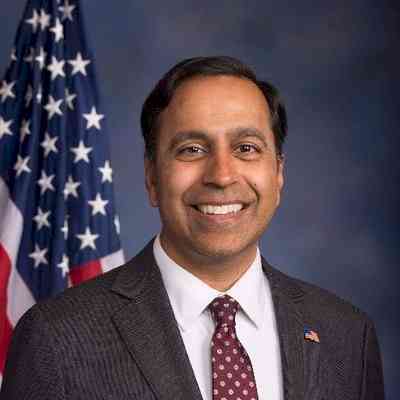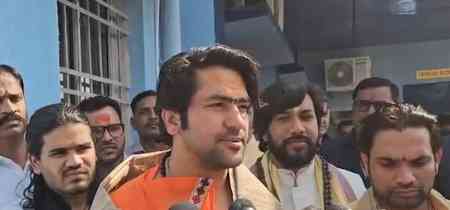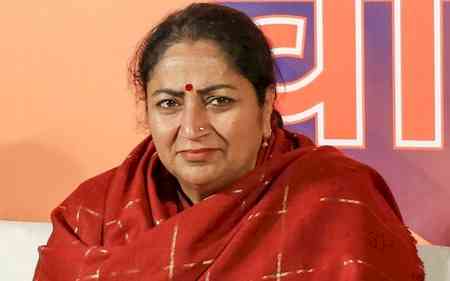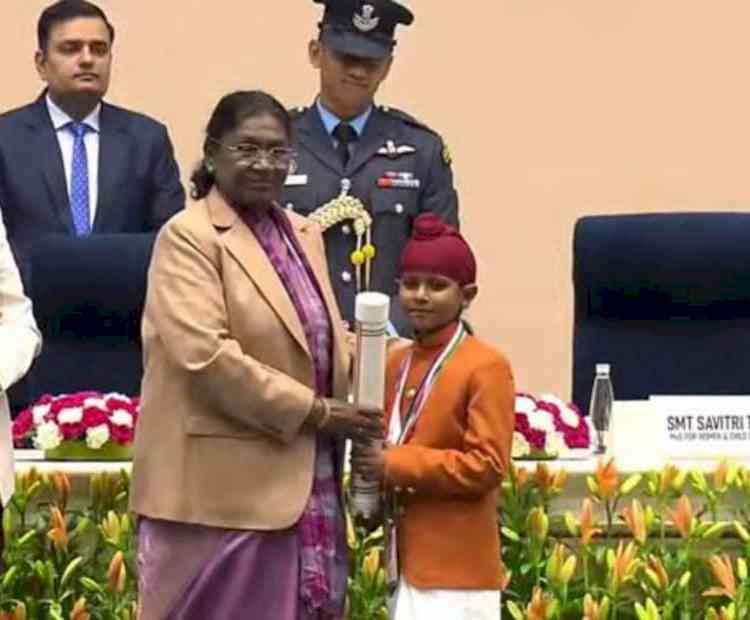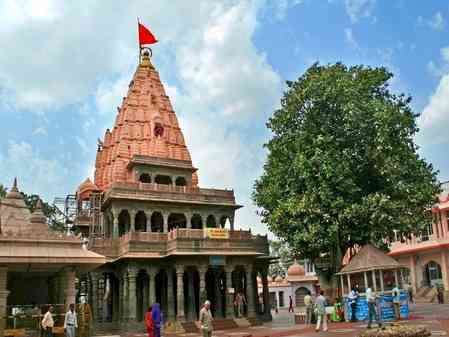Unexpected, Unpredicted Parliament Election Results 2024: Time to Honor Public Mandate
Indian voters have demonstrated their intelligence and discretion in the 2024 Parliament Elections. The trends from previous elections show a distinct pattern in 2014, voters gave a simple majority to the Bharatiya Janata Party (BJP), and in 2019, they repeated this verdict. However, the 2024 elections have brought a shift, with voters giving a majority to the National Democratic Alliance (NDA) rather than a single party.

Indian voters have demonstrated their intelligence and discretion in the 2024 Parliament Elections. The trends from previous elections show a distinct pattern in 2014, voters gave a simple majority to the Bharatiya Janata Party (BJP), and in 2019, they repeated this verdict. However, the 2024 elections have brought a shift, with voters giving a majority to the National Democratic Alliance (NDA) rather than a single party.
In 2024, the NDA won 292 out of 543 seats, falling 32 seats short of simple majority. The BJP secured 240 seats, maintaining its position as the single largest party. The United Progressive Alliance (UPA) also performed strongly, winning 234 seats, with the Congress party securing 99 seats. Independent candidates, who won several seats, have the potential to influence the power dynamics by aligning with the ruling party.
The NDA elected Narendra Modi as its leader, paving the way for him to become Prime Minister of India for the third time. In his acceptance speech, Modi acknowledged the late Parkash Singh Badal's significant role in the formation of the NDA. This historical moment parallels the tenure of former Prime Minister Jawaharlal Nehru, who also served three consecutive terms.
Narendra Modi will take the oath of office on June 9, 2024. This election marks the Indian voters' preference for a coalition government, as opposed to the single-party majorities seen in previous elections. The BJP faced setbacks in states like Uttar Pradesh and Rajasthan but performed well in Madhya Pradesh, Gujarat, Delhi, Chhattisgarh, Uttarakhand, Himachal Pradesh, and Jharkhand. In Punjab, however, the BJP failed to win any seats, contrasting with their performance in 2019 when they secured two seats. Voters in Punjab have shown a clear rejection of party-switching candidates, maintaining a consistent stance against changing loyalties.
Despite not winning seats in Punjab, the BJP increased its vote share in many constituencies. The Congress maintained its position, winning seven seats, while the Aam Aadmi Party won three seats, and the Shiromani Akali Dal (SAD) secured one seat. An alliance between the BJP and SAD might have altered the outcome, but even without it, the BJP managed to increase its vote share.
The loss of the Chandigarh Parliament seat and a close contest with Congress, where as in Haryana both B.J.P. and Congress won five seats each, indicates that the upcoming Assembly Elections will be highly competitive.
Several senior Congress leaders who switched to the BJP before the elections faced defeat, reflecting the voters' disapproval of such moves. Within the BJP, some senior leaders remained silent or sidelined, raising questions about their influence and the party's internal dynamics.
The BJP performed well in urban areas like Ludhiana, Amritsar, and Jalandhar, as well as in rural segments. Despite not winning any seats in Punjab, the BJP's increased vote share suggests potential for future growth. The party will need to analyze its performance in detail, especially with municipal elections and by-elections on the horizon.
Political analysts predict that the public's rejection of migratory leaders in the 2024 elections could signal an end to the practice of switching parties. Allegations and counter-allegations may arise within parties, but it is evident that voters are turning away from the politics of freebies and party-switching.
Authored by:
Rajat Kumar Mohindru,
Senior Journalist,
Jalandhar City.


 Rajat Kumar
Rajat Kumar 
